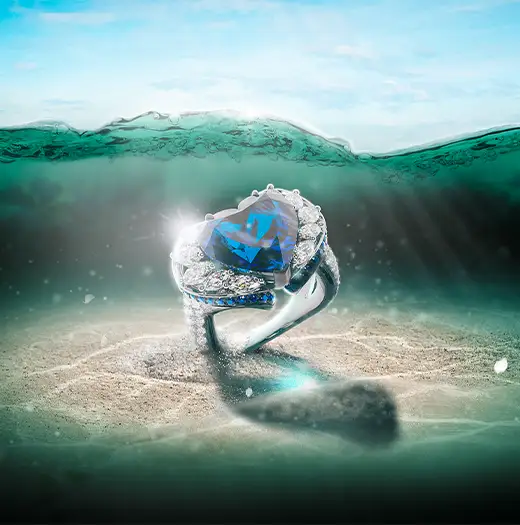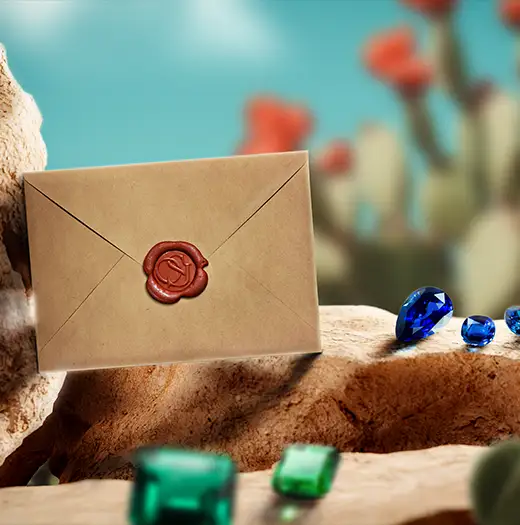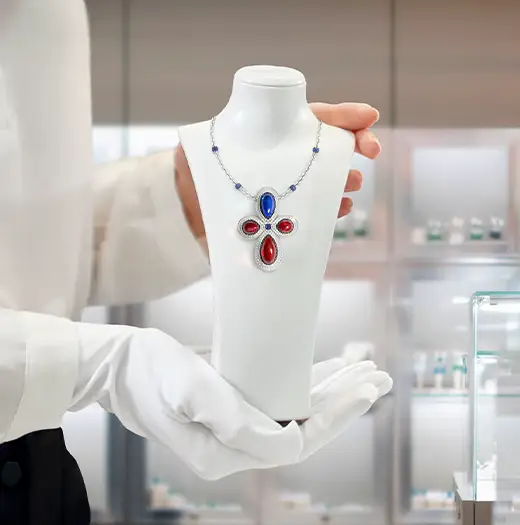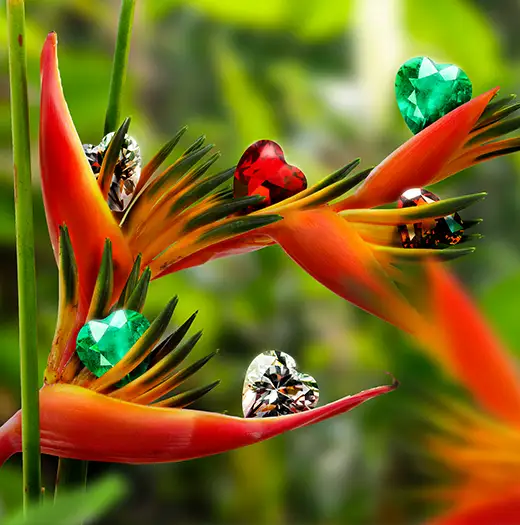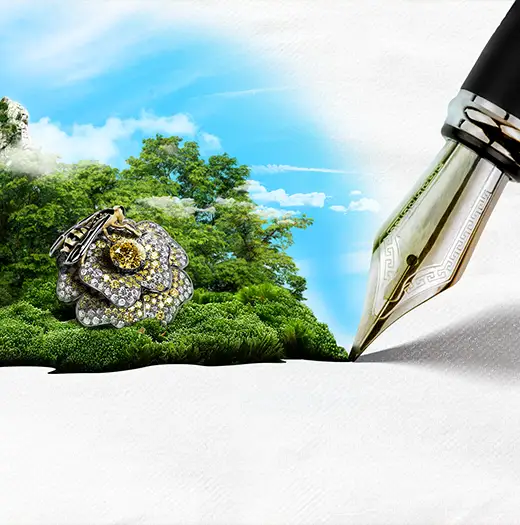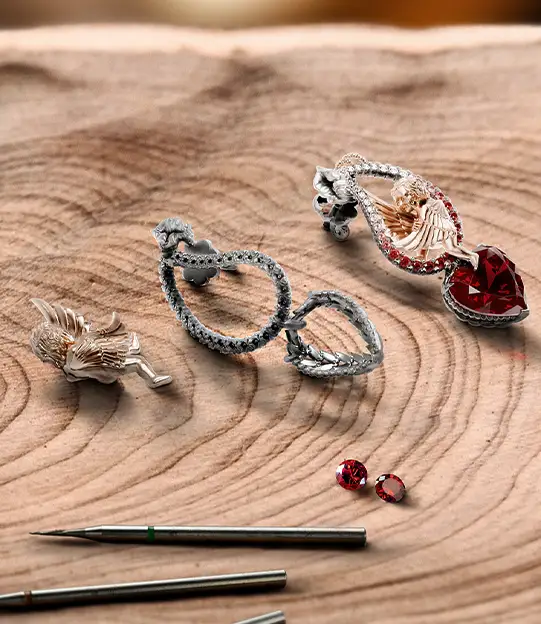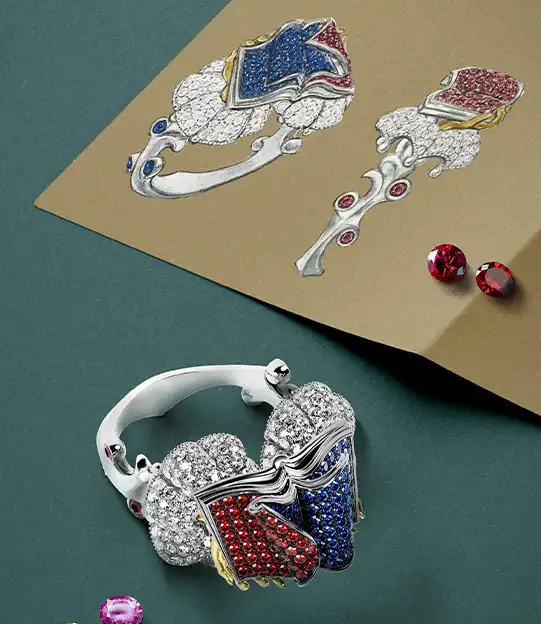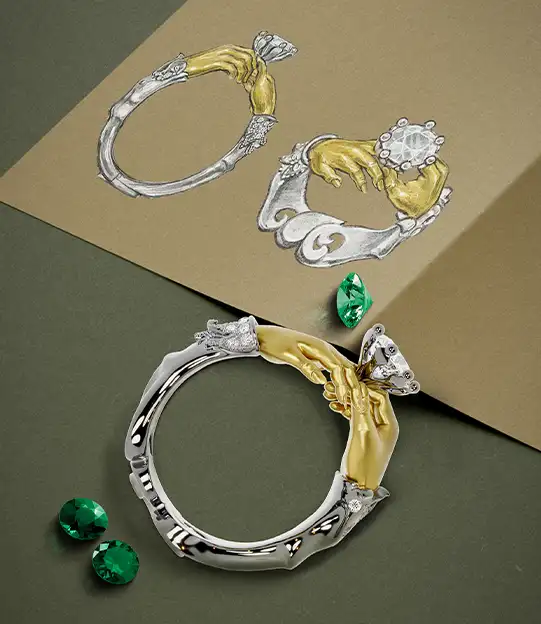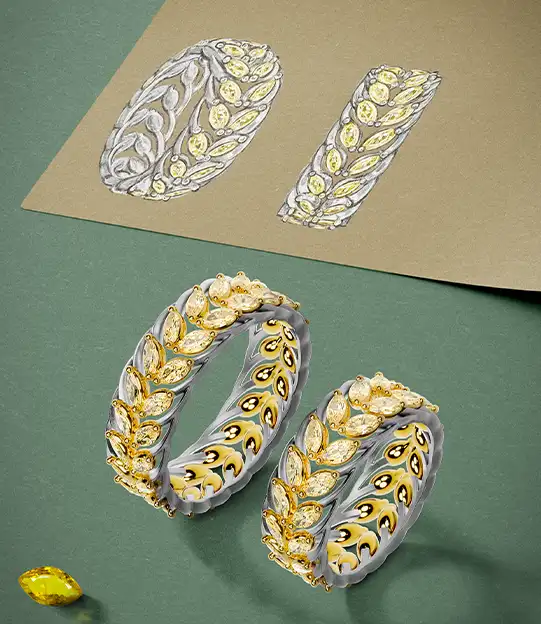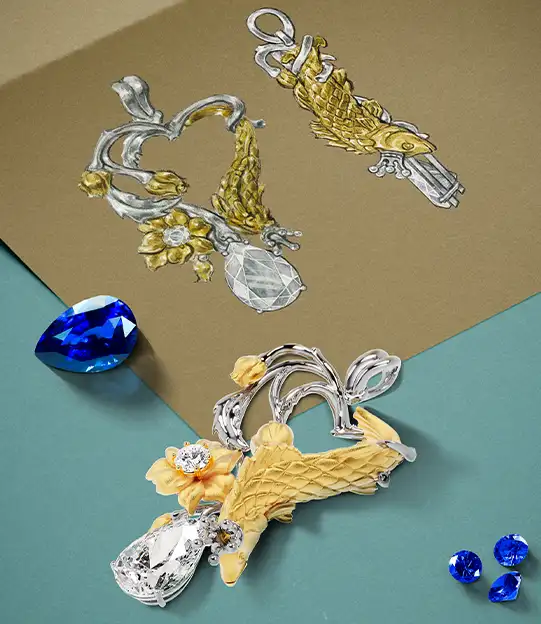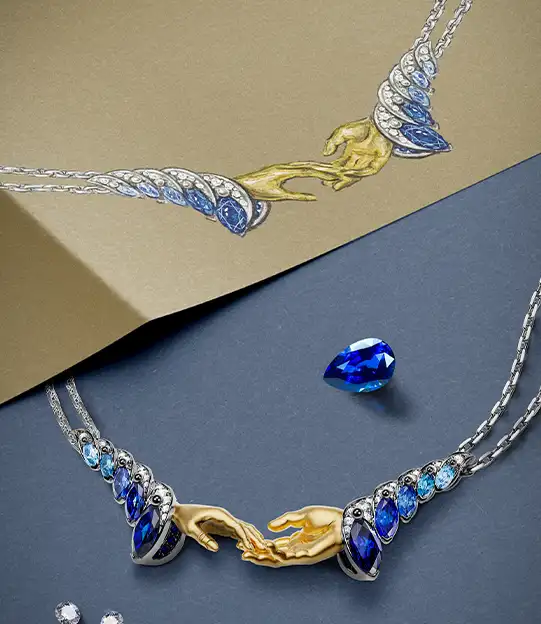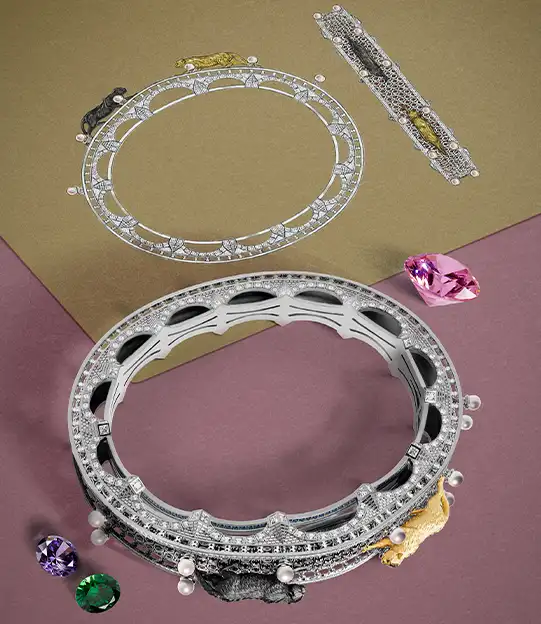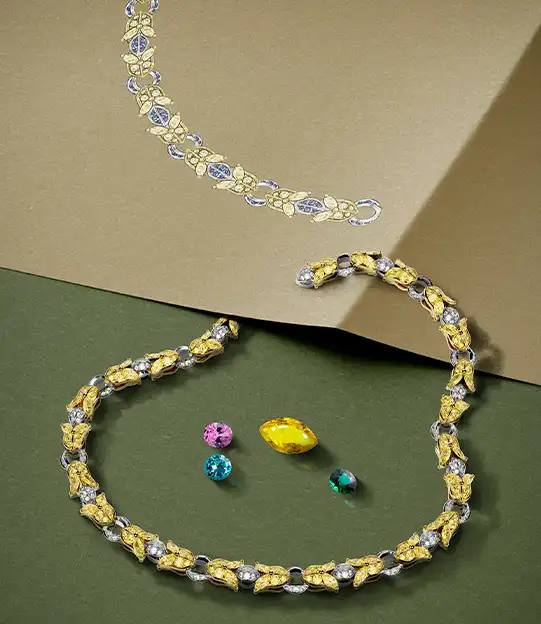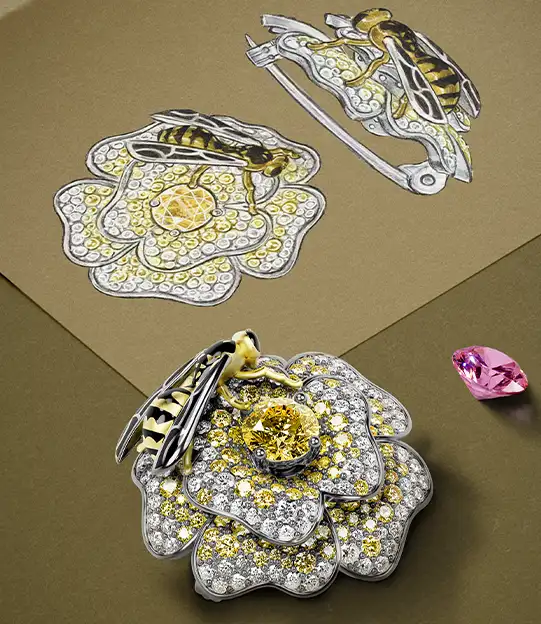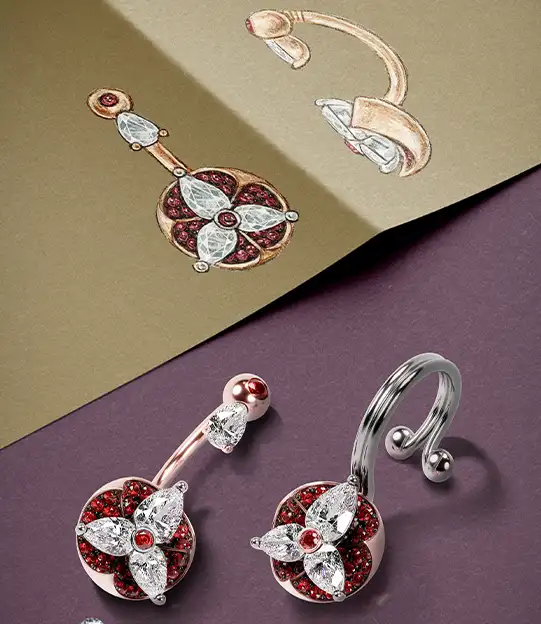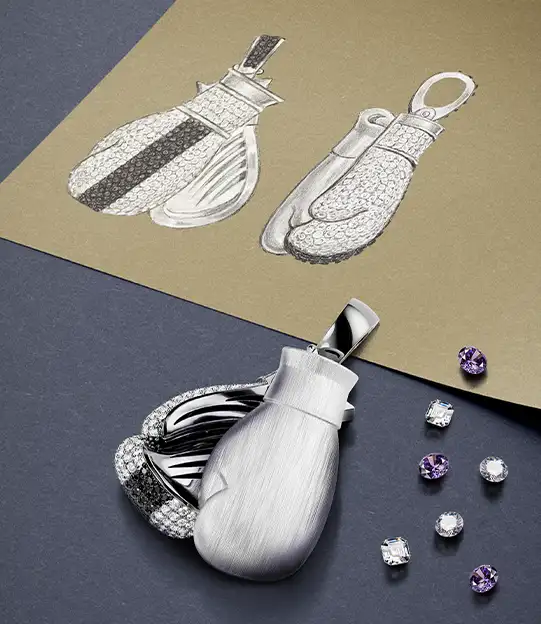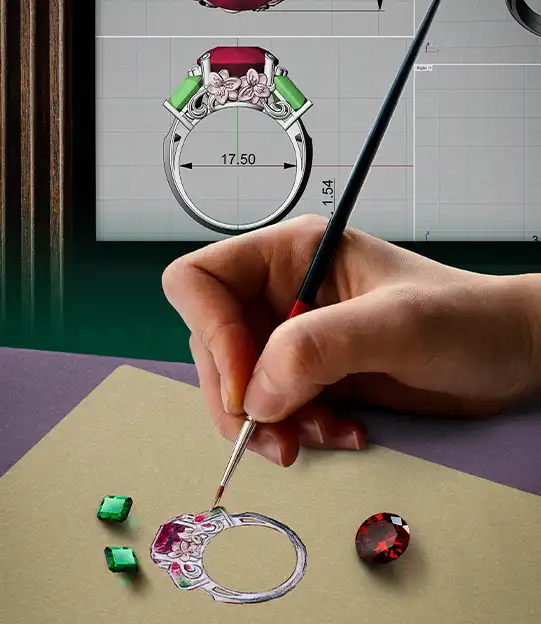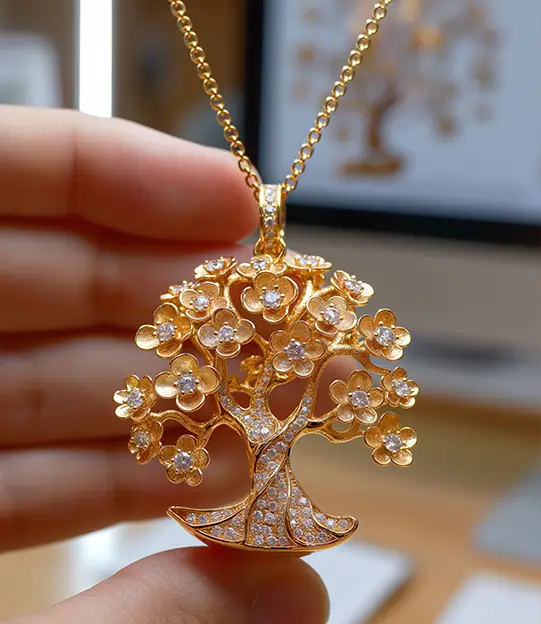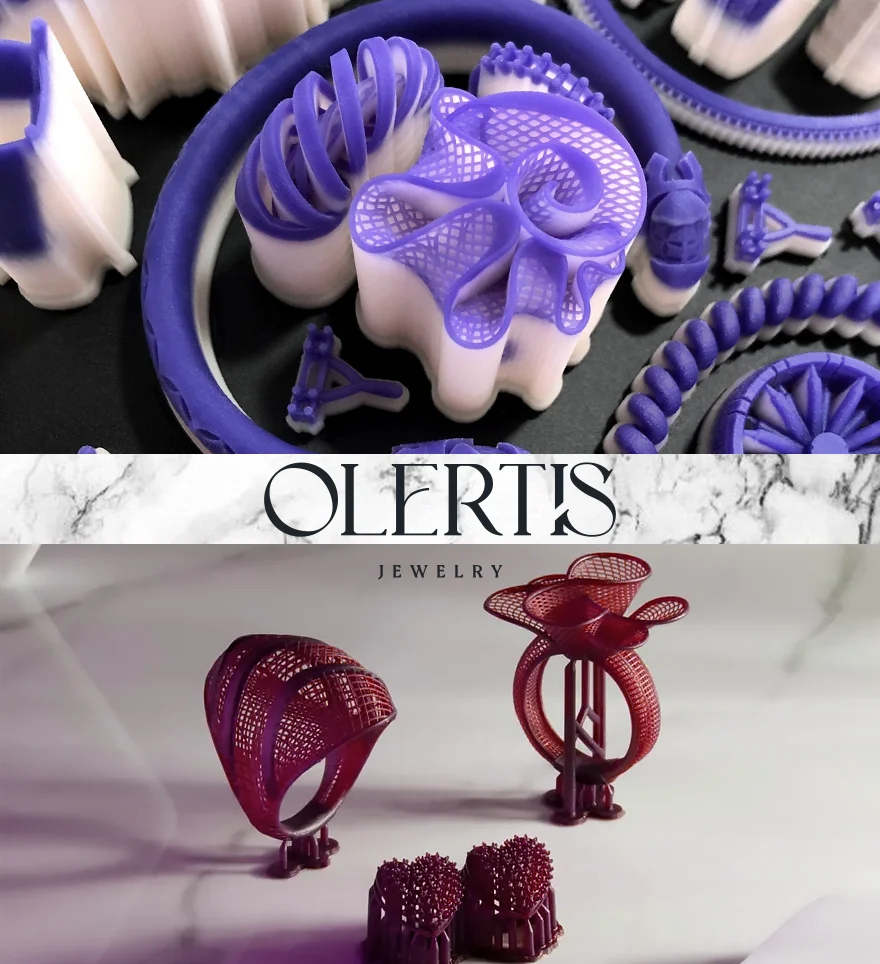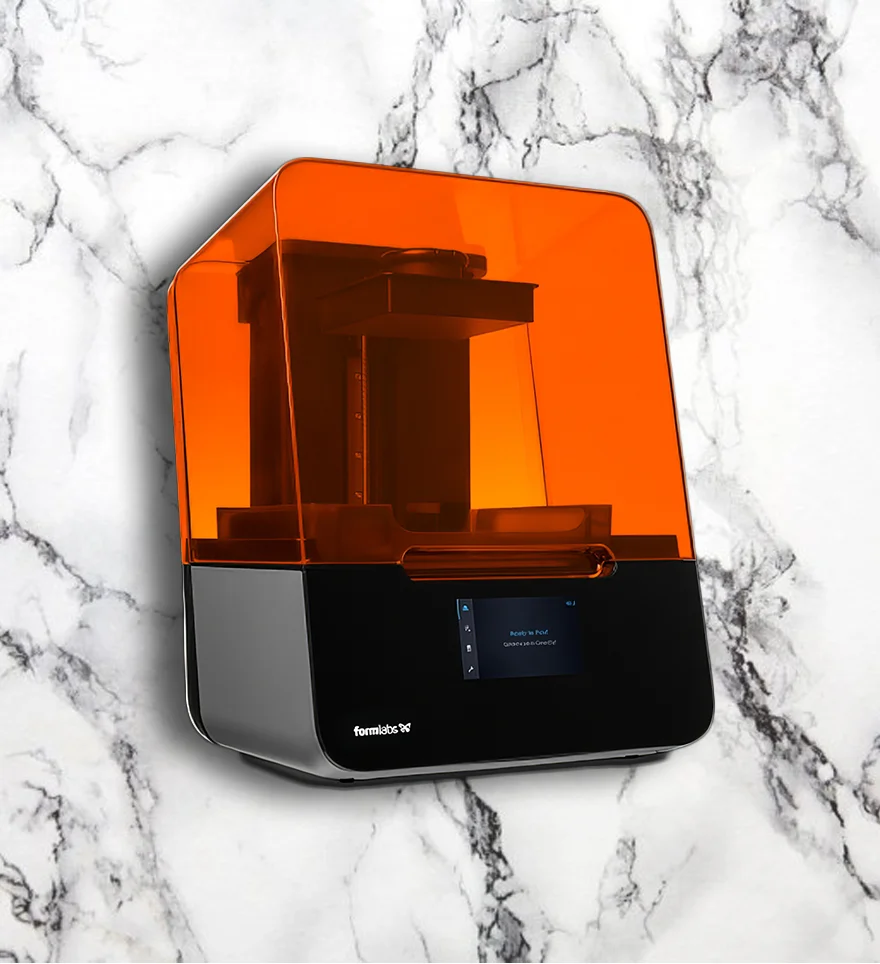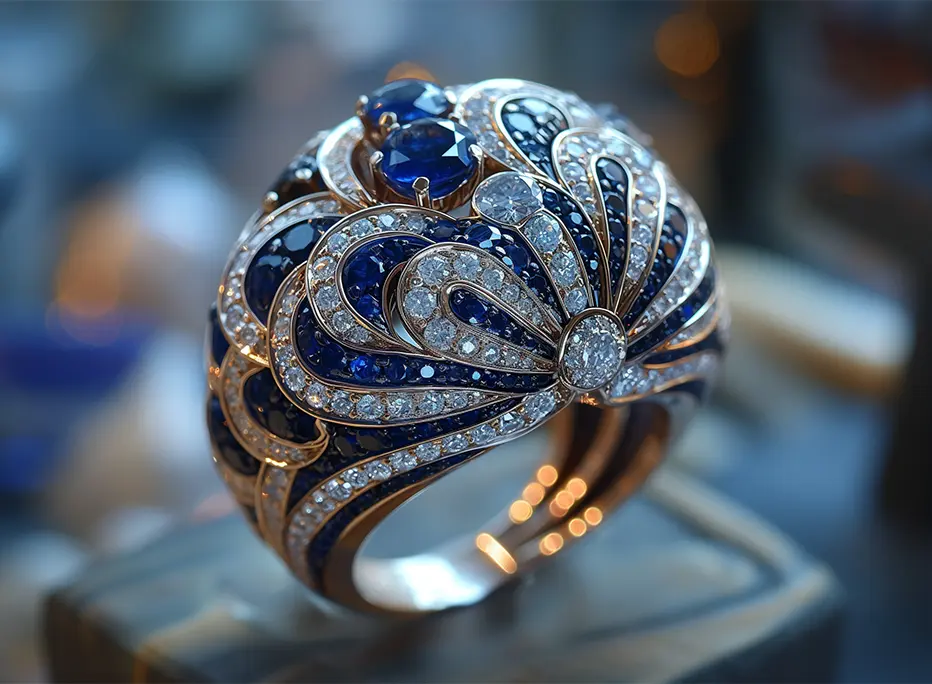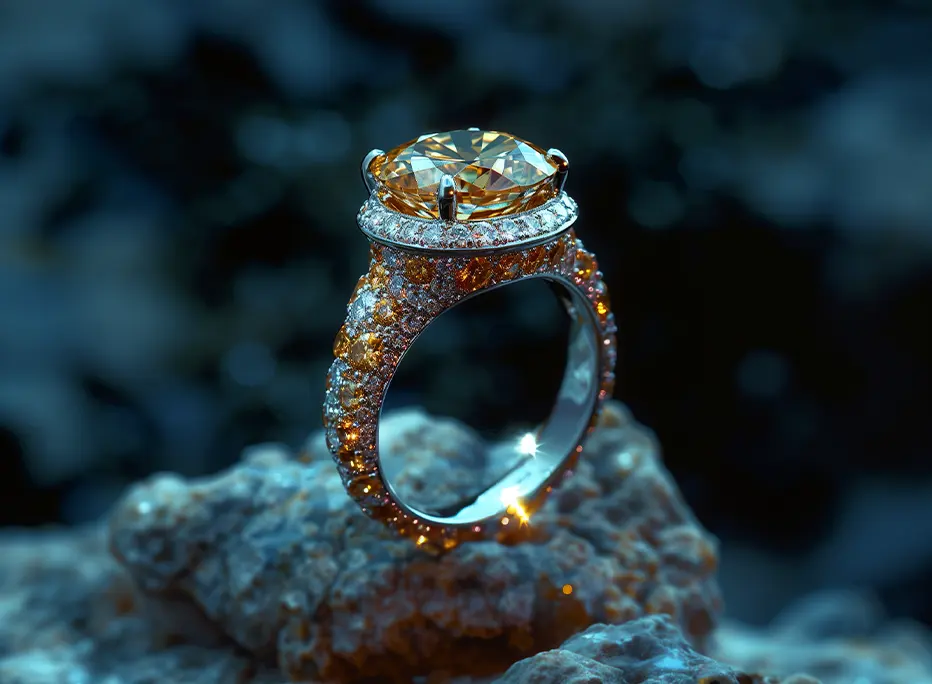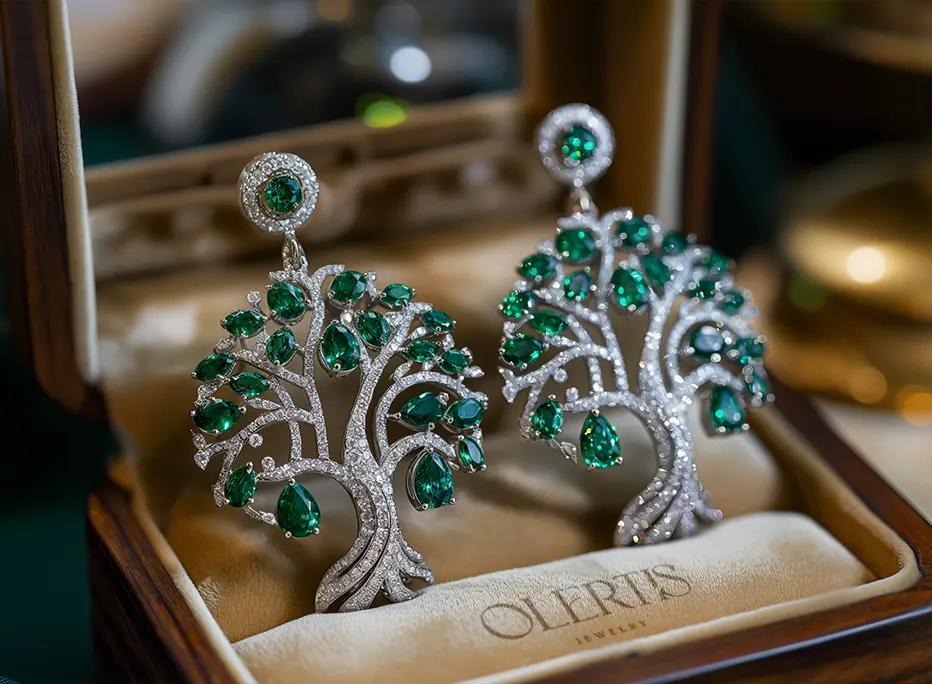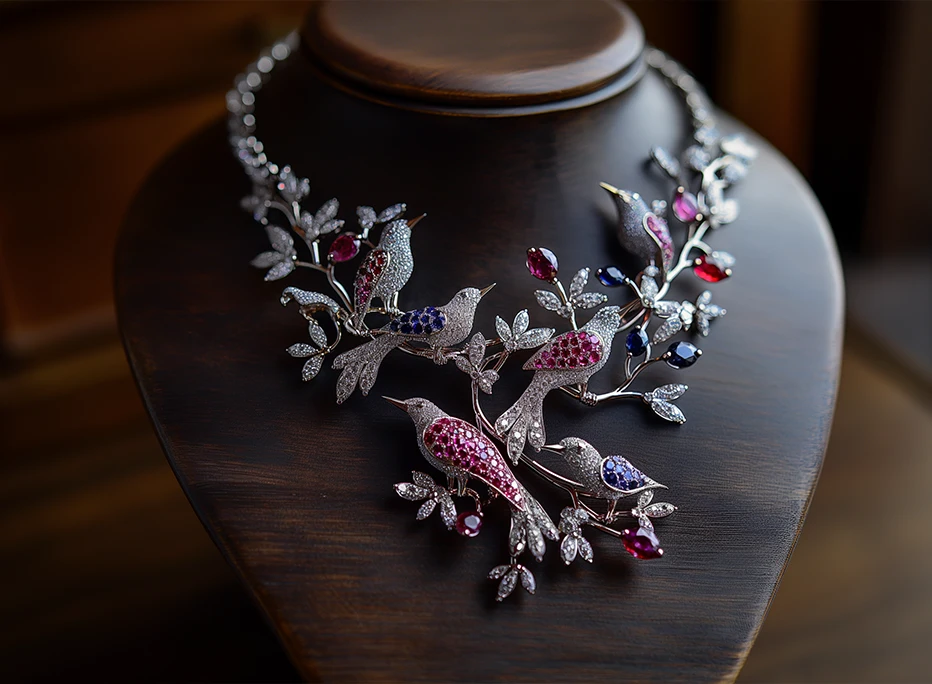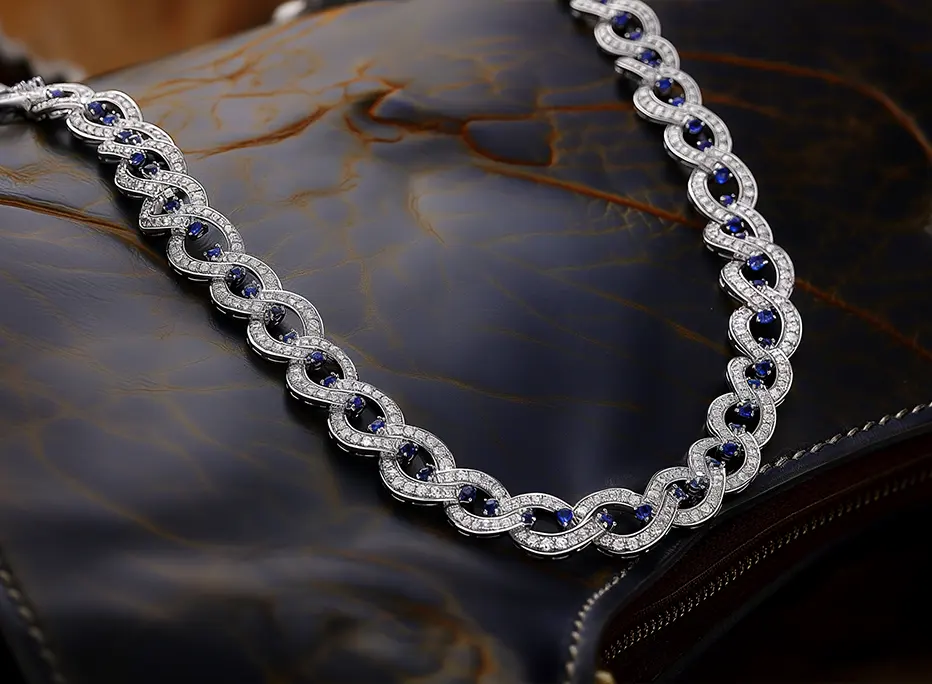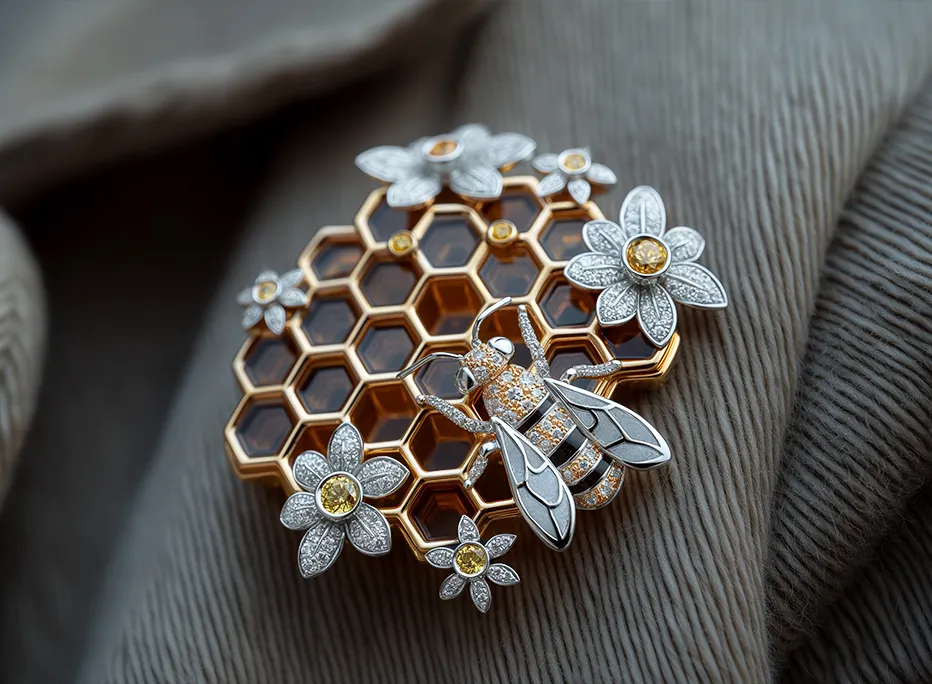The history of 3D printing goes back as far as the 1970s, but the most palpable progress has been made in the last decades. Today’s 3D printing does wonders in the custom jewelry design and is capable of creating anything from whimsical figurines that go into your sci-fi collection to human heart valves that can actually save lives.
Marvels of today’s technology allow us to relatively easily create jewelry prototypes from wax and other castable materials in a matter of hours. The first step in this process is creating a 3D computer-aided model in a special program. After a high-resolution custom digital model is made and all the details have been worked out, there comes a time to print out our creation.
When it comes to printing with wax and wax-like polymers, it’s important to note that you are not getting the final product. This is just a preliminary model that will show you a life-like replica of the piece and can be further used for molding if needed. Because the wax is not meant to stay in the final product, such technology is often called “lost-wax”, so this is the term you will most likely see in most articles on 3D-printable jewelry.
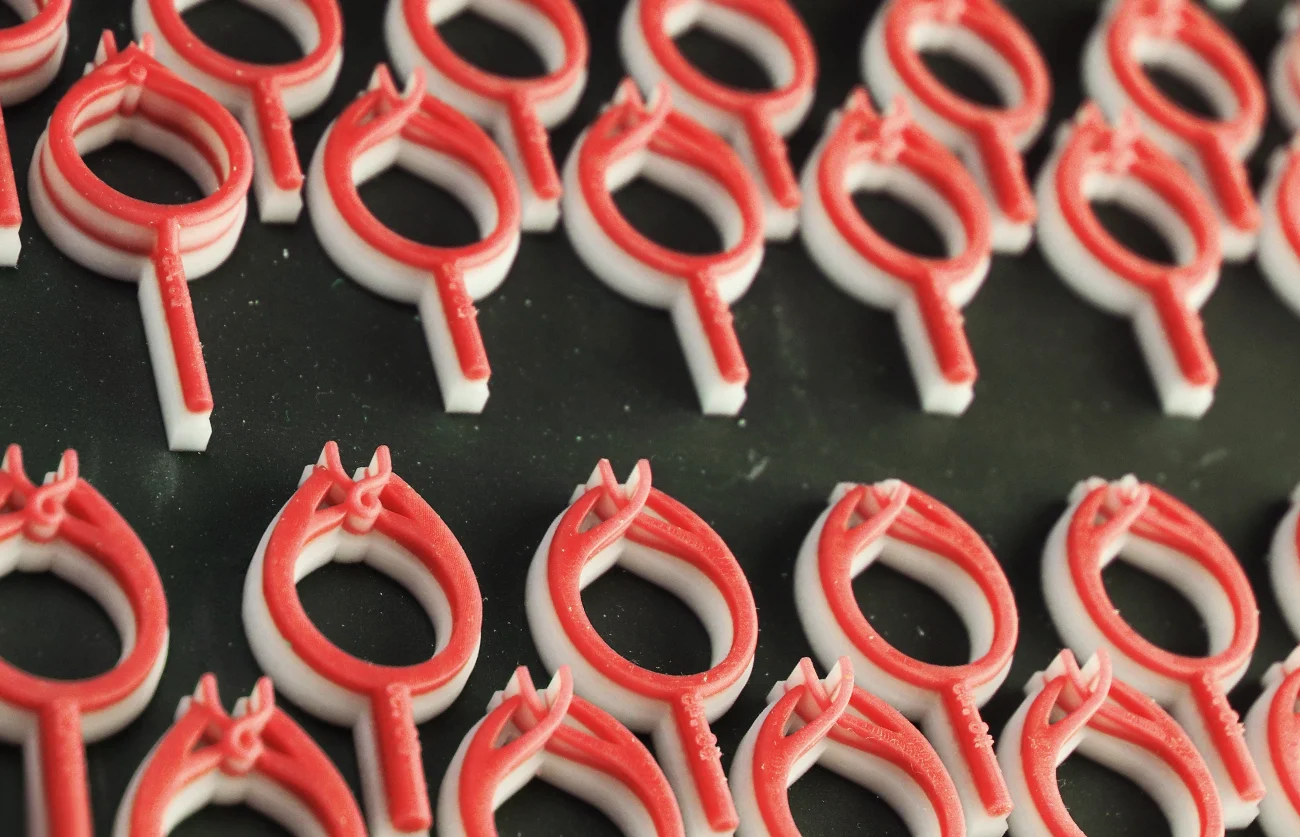
In our services, we apply two types of 3D printing: stereolithography (SLA) and hot melt wax printing. Our SLA printer of choice is Formlabs’ Form 4, which ensures high-precision wax item production. This machine creates custom models by using light to turn different chemicals into polymers that gradually fill out the 3D shape layer by layer. The printer has an intuitive workflow, high fidelity, and immense productivity. One of the biggest pros of this model is a fast printing process which usually takes under two hours. This allows us to introduce edits in a timely manner if they are needed.
The second technology we apply is called hot melt wax printing, which is done by 3D Systems ProJet MJP 2500W Plus. This 3D wax printer for jewelry is ideal for making pieces with delicate features and can vividly visualize even the smallest details thanks to a highly contrasting color palette. The surfaces don’t have any rough irregularities so an operator doesn’t have to do almost anything to smooth them out. Plus, with dissolvable supports, there is hardly any post-printing work left to do, as you can easily get presentable wax models straight out of the printer.
Apart from those two, there exist at least several other types of 3D printing processes, including material and binder jetting, powder bed fusion, powder directed-energy deposition, sheet lamination, laser-based wire-feed technology, SPD, and many others. Some of them can be used for custom jewelry services, but most are reserved for other industries.
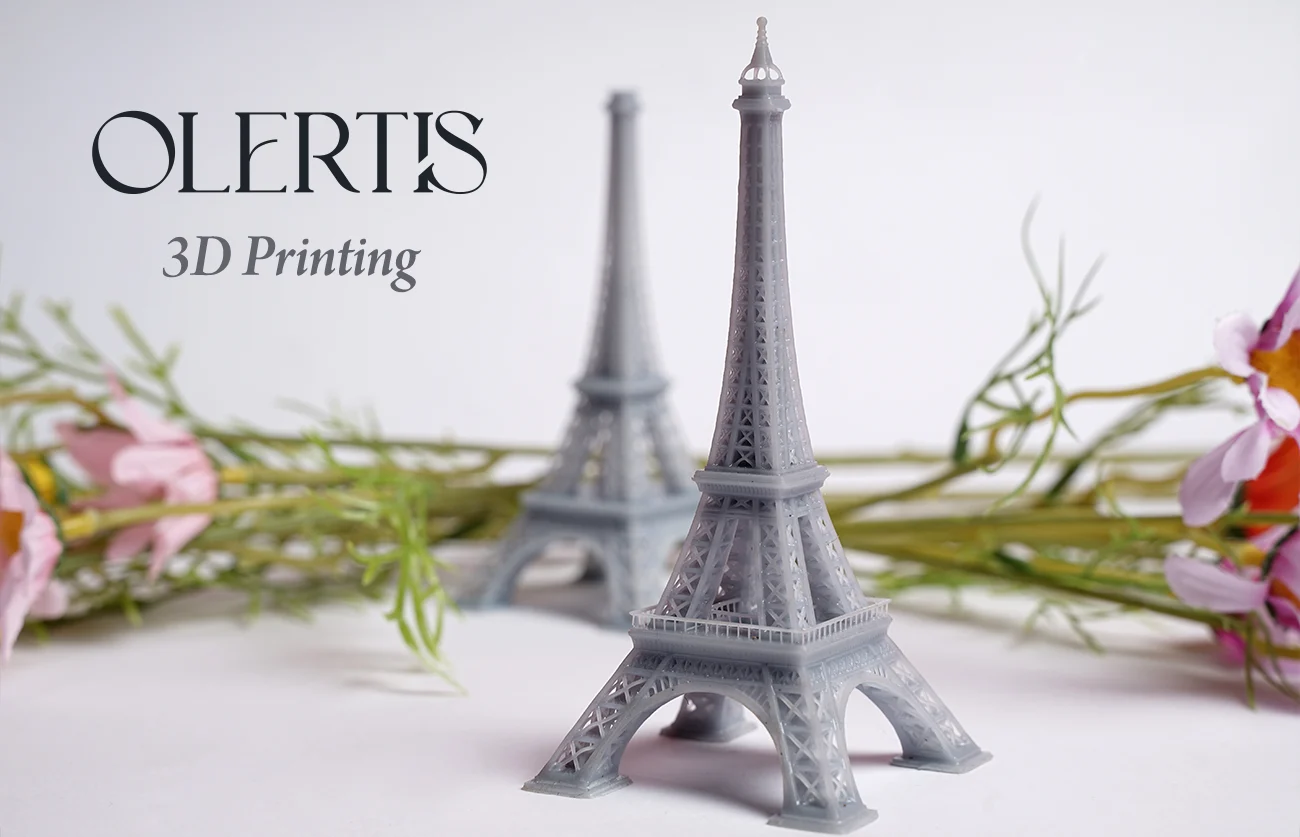
All intricacies aside, you should never worry about technical limitations when it comes to Olertis Jewelry. We can easily make a personalized item of any level of difficulty, no matter how intricate you want its details to be. In our services, we use only trusted printing technology to produce the finest 3D-printed rings, 3D-printed earrings, and many other pieces. Please ask us any questions about the technology behind the wonder of our custom jewelry and we’ll be more than happy to answer!

